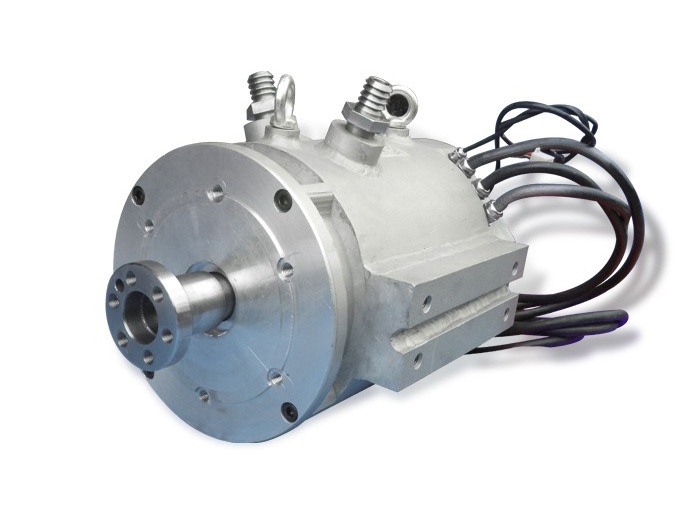Introduction to the uses of electric loader motors, come and collect them
An electric loader is a loader that uses electricity as a power source. As its core component, the electric loader motor has the following main uses: The electric loader motor uses electricity as power, and drives the transmission device through the motor to enable the loader to perform various tasks, such as excavation, transfer, lifting, etc.
The electric loader motor can adjust the speed according to work needs to meet the work requirements under different working conditions. At the same time, energy consumption and mechanical losses can be effectively reduced.
The electric loader motor can control the driving direction through reverse rotation; through the combination of forward and reverse rotation, the required actions, such as forward, backward, turning, etc., can be achieved.
The loader needs to bear a huge load when working. The electric loader motor can provide high-intensity torque to make the loader work stably and efficiently.
Realize automated control: The electric loader motor can be used in conjunction with automated control systems such as computers to achieve comprehensive control and automated production.
Based on the above, it is not only an indispensable core component in electric loaders, but also the key to achieving efficient automated production and reducing energy consumption.
The electric loader is a common construction machinery, and one of its core components is the motor. Electric loader motors have the following main features:
1. High efficiency. It can quickly respond to different working conditions and provide different output power and torque, thus ensuring the high-efficiency operation of the machine. The high efficiency of the motor not only improves the working efficiency of the loader, but also saves energy consumption and reduces operating costs.
2. Strong stability. When the electric loader motor is working, it can automatically adjust the speed and torque to adapt to different working environments and working conditions. It can also ensure the stability of the system, ensure the smooth operation of the machine, and reduce the vibration and noise of the machine.




























 XINDA
XINDA